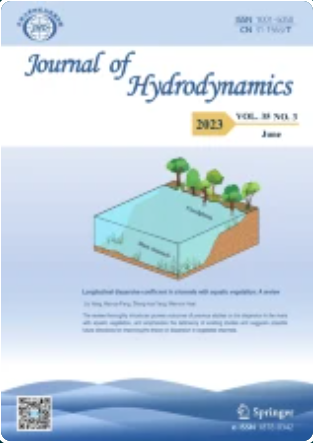A numerical study of hydrodynamic characteristics and hydrological processes in the coastal wetlands during extreme events
Abstract
Providing accurate predictions of extreme water levels through numerical simulation has become essential for disaster prevention and damage mitigation in coastal wetland areas. This study applies the FVCOM model to simulate storm surges caused by several typhoons in the Bohai Sea and the North Huanghai Sea. The vegetation drag force caused by salt marsh plants is inserted into the FVCOM model for model improvement with vegetation effect by integrating RS and GIS technologies. A parametric typhoon model is coupled with background wind fields derived to acquire the spatio-temporal variations of wind and pressure fields in the computational domain. The simulation results reproduce the extreme storm surges induced by typhoon events very well. The modeling results are compared by validating with literature results to examine the effect of vegetation on tidal waves in tidal mud flats. Moreover, the coupled model is also applied to explore storm surge attenuation and land intrusion during Typhoon Winnie in the wetlands of the Liao River Estuary. The simulation results indicate that salt marsh plants can reduce the flow current with little impact on tide flooding/ebbing in vegetated regions. Furthermore, the results show that typhoon presence increases the inundation depth and extendes the flood time in the tidal wetlands of the study region. The FVCOM model incorporating the method with vegetation drag force can provide new insights to understand the comprehensive impact of tidal wetland plants on hydrodynamic characteristics in the Bohai Sea and other waters, hence presents a more accurate quantification of the hydrological process of storm surge in the tidal wetlands.

 求助内容:
求助内容: 应助结果提醒方式:
应助结果提醒方式:


